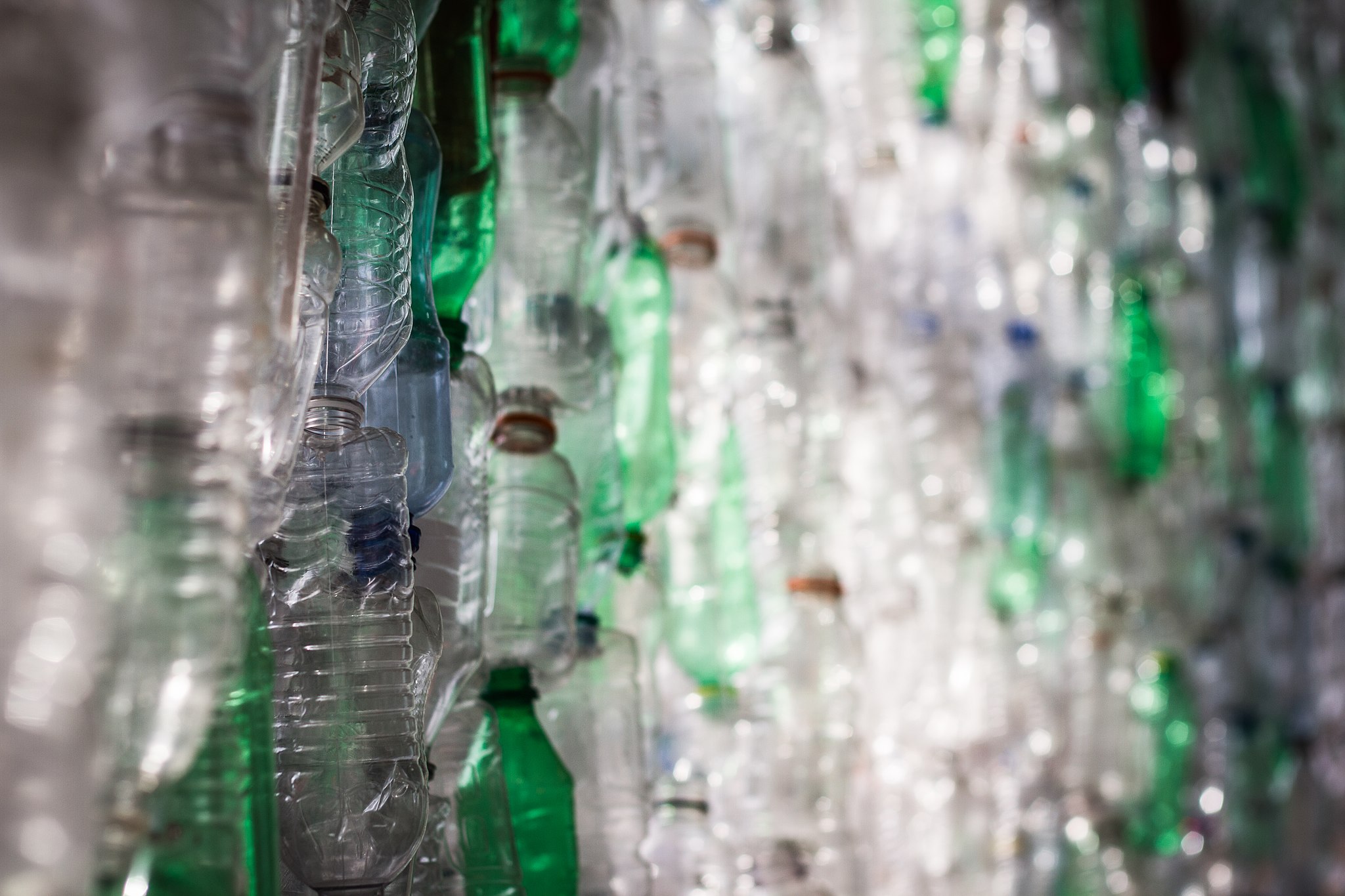Excerpt:
Critics say they won’t work, for one of the same reasons carbon credits haven’t.
Amid growing pressure to address the global plastic pollution crisis, many companies are turning to plastic credits — tradable units that represent some amount of plastic litter that’s been removed from the environment. This is convenient for companies that find it too difficult or expensive to reduce the amount of plastic that goes into their products and packaging. Instead, they can buy credits and say they’ve “offset” their plastics footprint.
Plastic credits’ proponents say they open up a critical funding stream for waste management in the developing world, enabling the collection of low-quality plastic waste that would otherwise have remained litter. Verra, a nonprofit that runs one of the world’s biggest plastic crediting programs, says credits can advance “plastic stewardship goals” and “accelerate the transition to a circular economy for plastics” — a system that conserves resources and minimizes waste generation.
But environmental advocates and experts are concerned that credits justify ongoing plastic production and distract from more aggressive policies to make producers responsible for waste management. Now, there’s evidence that some plastic credits are funding cleanup programs that were already in operation long before the credits came along, calling the credits’ utility into question.
According to a recent report co-published by the nonprofits Global Alliance for Incinerator Alternatives, or GAIA, and Break Free From Plastic, many projects in the pipeline to certification from Verra do not involve “additional” waste cleanup, beyond what would have happened in the absence of the plastic credits. Out of 41 plastic collection and recycling projects listed in Verra’s database at the time of the report’s analysis, only three had been issued plastic credits that they could then sell to buyers. Of those, two projects were issued credits earlier this year, but for cleanup activities that began in 2019 or 2020. The third was issued credits in 2022 for activities dating back to 2020.
What’s more, at the time of the report’s analysis, 83 percent of the projects that had applied for Verra’s certification — but that hadn’t yet been fully approved — had already been in operation for more than a year. If approved, 42 percent will have been in operation for more than five years. This means the majority of the projects were already functioning without any revenue from Verra’s plastic crediting mechanism.
“What it seems like is happening is that whatever plastic is being picked up was already being picked up,” said Neil Tangri, GAIA’s science and policy adviser. These waste collection projects did not need plastic credits to operate, he added…









